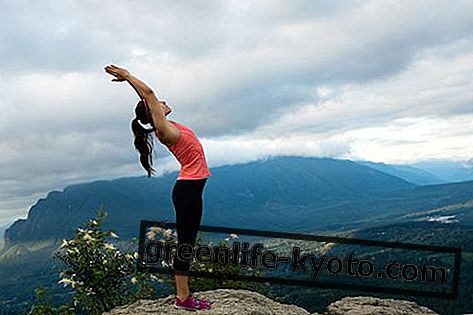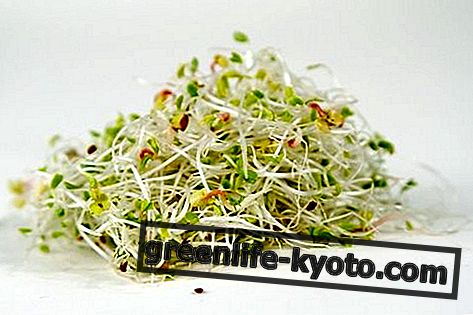
After decades of exposure to the culture of East Asia, many of us consider ourselves able to distinguish what belongs to Chinese culture from what comes from Japanese culture, but very few really know how much the culture of the two Koreas is distinguished from these two neighbors at home both ethically and aesthetically.
The Korean peninsula preserves traces of the human passage already in prehistoric times and all the lively social and political assets derive from the collision of different cultures : the ancient indigenous civilizations, the great western influence of China, the peoples of the North Russian and Mongol, and the power Japanese overseas.
This mix, which gave birth to a unique culture, as much oriented towards zen as it is colorful and sentimental, has not always happened peacefully.
It is in this context that all the Korean kingdoms have invested energy to create their own martial arts, both fights and fencing, and with the use of weapons.
Taekwondo among the Korean martial arts
One of the few known things in the Korean martial world is taekwondo, introduced among the Olympic disciplines, and generally known to most for its spectacular kicks, on which art places great emphasis.
It has quite recent origins, when following the Japanese occupation the ancient indigenous styles merged with karate producing this unique way that agglomerates the sense of karate timing and the importance that kicks, especially those rotated, had in the Korean arts.
After being the martial art of the national army, it became a sport. The discipline of taekwondo focuses above all on the fast and powerful mo, and on acrobatic jumps, often rich in rotations.
Fighting with kicks means using long distances and employing a side and tight guard, which favors leg techniques; this is therefore the origin of the low guard of the taekwondo practitioners : at those distances the fists are almost useless.
Athletics and speed are the cornerstones of training and many tests have shown that taekwondo kicks are the most powerful martial arts.
Other styles of Korean martial arts
But the two Koreas don't just mean taekwondo. One of the most well-known secondary styles is the hapkido, a complex and complete art that studies various phases of combat : there are in fact fights with various weapons ranging from the stick, to the sword passing through the rope; there is a short distance phase including kicks and punches; there is the study of the short distance with projections similar to those of judo ; and there is a phase of struggle on the ground that studies some submissions, species linked to some typical attacks on ligaments and joints ; finally, there is a whole tactical phase that studies the pressure points, to learn to aim more effectively.
There are also ancient styles of struggle similar to sumo (ssireum), precursor styles of taekwondo and kickboxing ( the gwonbeop and taekkyeon ), and interesting modern styles, which combine martial effectiveness with the study of yoga, kinesiology, and psychology, like the choi kwan do .
Evolution of Korean martial arts
Within a creative jumble of eclectic and very acrobatic styles, much more similar to the Filipino and Indonesian martial arts, the influences of the Japanese disciplines and the Chinese kung-fu have been decisive for the evolution of the Korean martial arts.
The first evolutionary step was imposed by the contact with the kung fu and the Chinese culture, giving to the Korean martial arts an artistic, aesthetic direction, more based on speed than on brute force, and focused on kicks, predicting techniques of the kung fu of the north.
The contact with Japanese culture imposed strict discipline, the art of lethal timing, which the samurai sought as much with a sword as with their bare hands, and a new study of force that did not exclude speed but rather benefited from it.
Korean martial arts today
As mentioned, taekwondo is today a universally respected martial art, a healthy sport, and an Olympic discipline, so it is not difficult to find good schools also in Italy .
It is also possible to find some hapkido schools, while the rest of the Korean arts remain closed in the national territory. Even in the mixed martial arts scene, more than one successful fighter has a taekwondo background (just think of Anderson Silva, Anthony Pettis and Benson Handerson), but this art always needs to be complemented by martial arts that study the short distance and that give the practitioners a guard that protects the face in a compliant way because you don't always have the possibility to wear a protective helmet.













